|
Story of my life...
This one definitely deserves to go to my blog. I'll put the description right here so that you guys can follow or keep up with my mind and current situation. Yesterday, I was relaxing, enjoying my vacation, teaching a couple privates, playing my PlayStation... Just doing the regular stuff! Now I have this amazing girl that I've been talking to, nothing serious, just a causal friendship. Then, all of a sudden, I receive a message from her or allegedly from 'her'. You see the way I talk: 'mami', which means girl. Usually, it's being used with someone that I'm comfortable with or that I have a relationship where we joke around and stuff like that. But, that's not even the story. Like I told you, I got a reply from her saying: "who the f$ck you calling mami?" That was a red flag. That's not lady like to have this masculine energy... And then, on the same message she (or allegedly 'she') said stop. By that time I already knew that there was a high possibility that this was not her so I played along to throw the allegedly 'person' of my tail. If I tell you how, you're going to know my secret . So I kept my cool, assessed the situation and gave some good old points that we're actually friends! Now the story is done. If you get to the point of getting your girl's phone to look for numbers and write down messages to the guys that your girl is talking to, just don't have a girlfriend man . Do yourself a favour. You're too weak for a relationship. Build your self-esteem, then get someone and learn to trust them. That is sad... Sad.
0 Comments
26K on YouTube on Dr. Kizomba's Channel!
It’s not my original goal, but it’s another step towards the original goal. So glad I got on when I did. Now the possibilities are just endless: PlayStation joined them, the money they're offering all these creators, free monetized access to all games streamed, YouTube shorts will start paying on February 1... That’s some amazing and exciting news! No I’m not special, anyone can do it. Just DM me and I'll show you how... https://youtube.com/@DrKizomba After Queen Elizabeth II's Death, Many Indians Are Demanding the Return of the Kohinoor Diamond1/19/2023 Shortly after British monarch Queen Elizabeth II passed away on Sept. 8, the word “Kohinoor” began trending on Indian Twitter. It was a reference to one of the world’s most famous gems. The Kohinoor diamond is just one of 2,800 stones set in the crown made for Elizabeth’s mother, known as the Queen Mother—but the 105-carat oval-shaped brilliant is the proverbial jewel in the crown. In India, it is notorious for the way in which it was acquired by the British. The history of the Kohinoor When it was mined in what is now modern-day Andhra Pradesh, during the Kakatiyan dynasty of the 12th-14th centuries, it was believed to have been 793 carats uncut. The earliest record of its possession puts it in the hands of Mughals in the 16th century. Then the Persians seized it, and then the Afghans. The Sikh Maharajah, Ranjit Singh, brought it back to India after taking it from Afghan leader Shah Shujah Durrani. It was then acquired by the British during the annexation of Punjab. The East India Company got hold of the stone in the late 1840s, after forcing the 10-year-old Maharajah Dunjeep Singh to surrender his lands and possessions. Read More: Countries May Cut Ties With Monarchy After Queen’s Death The company then presented the gem to Queen Victoria. Prince Albert, her consort, asked for it to be recut and it was set in the crowns of Queen Alexandra and Queen Mary before being placed in the Queen Mother’s crown in 1937. The Queen Mother wore part of the crown at her daughter’s coronation in 1953. The Kohinoor has been among the British crown jewels since then, but governments in Iran, Afghanistan, Pakistan, and India have all laid claim to the diamond. Britain’s controversial possession of the Kohinoor diamondWhile no plans for the future of the gem have been disclosed, the prospect of it remaining in the U.K. has prompted many Twitter users in India to demand its return. “If the King is not going to wear Kohinoor, give it back,” wrote one. Another said the diamond “was stolen” by the British, who “created wealth” from “death,” “famine” and “looting.” It is not the first time that the diamond’s return has been sought. Upon India’s independence in 1947, the government asked for the diamond back. India made another demand in the year of Queen Elizabeth II’s coronation. These demands fell on deaf ears, with the U.K. arguing that there are no legal grounds for the Kohinoor’s restitution to India. British-Indian author and political commentator Saurav Dutt says the chances of the U.K. returning the jewel are slim. True, the British recently facilitated the return of the Benin Bronzes—72 artifacts looted by British soldiers in the 19th century—to the Nigerian government. But Dutt says the British royal establishment is still “married to this romantic version of empire, even though it is long dead, and has lost its power.” The Kohinoor is a symbol of that power, Dutt argues, and in turning it over, he believes the Royals “would essentially be eviscerating themselves.”
At the very least, King Charles III must acknowledge the “black history” of the Kohinoor diamond, Dutt says.“A recognition of the fact that it was obtained through stealth and deception would be a significant step at this stage, that lays the groundwork for the next generation to be able to give it back,” he tells TIME. Many Indians may not have that patience. In the wake of the Queen’s death, there is only one demand on Indian Twitter: “Now can we get our #Kohinoor back?” Banned from unions, Montreal's Black rail porters created their own, and changed CanadaVolume 90%1/19/2023 Marlene Jennings was the first Black Quebecer elected to Parliament. She remembers, while growing up, needing to tiptoe around the house during the day when her father was home because he needed his sleep.
"When I was little, he did the run from Montreal to Vancouver and back," she said. "And so he'd be gone for, like, 14 days straight. And that meant for those 14 days, he'd be lucky if he got an hour’s sleep, two hours’ sleep." Preston Jennings came to Montreal from Alabama in the 1940s, one of many Black men from the United States to find work in Montreal as a Pullman car rail porter. It was a prized job to have, but it involved its share of hardship. For one thing, many of the porters did their jobs while simply being called "George" or one of "George's boys" by passengers — even though their actual names were engraved on plaques in the cars George Pullman designed. "And that's because to white people who were the majority of customers, all Black men looked the same," Jennings said. "So they just called them all George." Cecil Foster is a professor at the University of Buffalo and author of a book called "They Call Me George: The Untold Story of Black Train Porters and the Birth of Modern Canada." "They were always on their feet," he told CTV News. "They were at the beck and call of passengers, and they had to be very careful to keep their distance. They were Black men and they were dealing with white passengers, and they had to be very careful around white women." Much of the porters' work entailed menial jobs done for tips like shining shoes, which they often did while passengers slept. The introduction of Pullman cars to Canada meant that passengers could cross virtually the entire country without staying in a hotel. But that also meant reinforcing social norms that were more associated with the American South than Canada. "What the Black man provided, which was essentially a domestic, was the opportunity to have someone wait on you, to be your valet, to be your servant," said Montreal historian Dorothy Williams. "And some people would say that harkened back to slave days." Even though this was Canada, racism was still directed at the rail porters on a regular basis. "Just because it was Montreal, don’t think it was any different," Williams said. "What was different were the social conditions around that. One thing Blacks had here, which they could not get in the States, was their safety." While persevering at work, Canada's Black porters also fought for, and won, much bigger change that made a lasting mark on the country. They endured a segregated union structure on the railroad, being banned from joining the conventional rail union. Instead, they formed another type of organization that they called unions, even though they weren’t recognized as such. These organizations ended up being extremely influential in shaping Canada’s working conditions and immigration policies. "These were Black associations that over time negotiated their way to get a seat at the table," Williams said. For instance, a group of rail porters met with Prime Minister Louis St-Laurent in 1954 to push for an end to an immigration policy that encouraged white migration to Canada to the exclusion of visible minorities. "In many respects, those porters were on the forefront of Canada being the multicultural country it is today," Foster said. They were also extremely influential in shaping the cultural life of Montreal. Rufus Rockhead, the impresario who founded the Rockhead Paradise jazz club, worked as a porter, as did the father of jazz great Oscar Peterson. They also founded several Black cultural institutions and organizations that coalesced around the neighbourhood now known as Little Burgundy. "Little Burgundy and areas like that were railroad towns," Foster said. "And the big struggle really took place from the 1930s, '40s, and onwards. Montreal was very much a centre for it." When 26-year-old nurse Stephanie Bumba looks at herself in the mirror wearing her uniform, she feels pride and sees a past she wants to honour.
Bumba, who is of Congolese descent, is among the 37 per cent of employed Black women in Quebec who work in the province's health-care system. Among employed Quebec women who aren't racialized or Indigenous, 24 per cent work in health care, according to 2021 data from Statistics Canada. "When I wear my work uniform, I see the sacrifice my parents made. I see someone who's resilient and humble," Bumba, who works at a Montreal hospital, said in a recent interview. "And I don't want to lose that." The disproportionate role Black women play in health care is a reflection of values and culture, Bumba and other members of Quebec's Black community say. But that rich tradition of caring for others has placed a burden on Black Quebec households during the pandemic: they have had higher rates of COVID-19 infection compared with the general public, research indicates. RELATED STORIES Bumba laments that more attention was paid to high rates of COVID-19 infection in Black communities than to the contribution of Black people in the health-care system. "When we look at the past, we see our ancestors had so many obstacles," Bumba said in a recent interview, referring to colonialism and slavery. "But we also see that at a certain time, Black people did incredible things in health care, but we're never recognized." For Montrealer Jennifer Philogene, director of Quebec's chapter for the Canadian Black Nurses Alliance, the high proportion of Black women in health care can be explained by culture. Strong family bonds are an important part of Black communities, Philogene said, where altruism comes naturally. "I think it has to do with our values -- to pay it forward and the glorification that comes with it," Philogene said in a recent interview. "There is not one hospital in Quebec where there's no Black person working now." That work, however, comes at a price, she said, pointing to the impact of COVID-19 in Quebec's Black communities. Montreal's public health department in August 2020 published a research paper indicating the city's Black population was among the most affected by COVID-19 during the pandemic's first months. In Montreal, outside of institutional living facilities such as long-term care homes, the department found that in neighbourhoods with relatively high Black populations, the rate of COVID-19 infection was roughly three times higher than in neighbourhoods with lower Black populations. One of the reasons cited by the city was the higher risk of Black people contracting COVID-19 at work. "We get involved, we give the best of ourselves, but we get infected and we spread it to our families," Philogene said. Marjorie Villefranche and Guerda Amazan, with Maison d'Haiti, a Montreal-based group serving the province's Haitian diaspora, say the overrepresentation of Black women in Quebec's health-care system can be traced back to the early 20th century. "When people would leave their country to come study here, this was a stable option; they knew they would be accepted in health care," Villefranche said in a recent interview. "Now, if you ask Black women to stop working for a day, the health-care system would collapse!" Guerda said she feels the role Black women play in the health system isn't properly recognized, even though the provincial government often speaks about the strain the pandemic has placed on health workers. "Black women are among those who are still underpaid," she said, "who can't easily access higher positions." Regine Laurent, who in 2009 became the first Black president of a major Quebec union, said in a recent interview that she has advocated for the last 30 years for greater recognition of Black health workers. She led the Federation interprofessionnelle de la sante, which represents nurses and other health workers, such as respiratory therapists, until 2017. Laurent, 64, said she grew up being told it was up to her whether she would let the colour of her skin define her. "And what you have between your two ears, it's up to you to use it," she said her mother would tell her. She said her role as union president came with a lot of pressure, as she was not only representing her members, but also Black health workers across the province. "It was easy to be motivated by this need that I had to do as much as I could with the time I had," Laurent said. Bumba, who in her spare time produces online content portraying Black pioneers in health sciences, said that she, too, feels pressure to represent her community with honour. "It's because of our history that we feel like we need to be role models for younger people," she said, "so they don't think it's going to be hard for them." https://montreal.ctvnews.ca/black-women-s-disproportionate-role-in-quebec-health-care-source-of-community-pride-1.5779526 In 1898, French soldiers Paul Voulet and Julien Chanoine were sent to unify colonies in Africa. But they brutalized them instead. The murder of Lt. Colonel Klobb is remembered as Capt. Paul Voulet’s ultimate act of insanity that alerted France to the dangers of its empire. Across hundreds of square miles of the Sahara in the late 19th century, two bloodthirsty French officers, Paul Voulet and Julien Chanoine, unleashed one of the most gruesome campaigns of atrocities ever recorded in the history of colonialism. Voulet and Chanoine’s violence, as well as their gradual descent into utter barbarism, shocked even the bellicose Europe of that era, and would forever scar France’s claims that the country was on a “civilizing” mission in Africa. Word Gets Back To France
Julien Chanoine was less respected than his commanding officer, but just as willing to carry out his bizarre and terrifying schemes. One of the mission’s junior officers, Lt. Louis Péteau, had been an eager participant in the looting and slave-raiding early on in the Voulet-Chanoine Mission. But when he’d finally had enough and argued with Chanoine, he was dismissed and ordered to return to France. On his way back, Péteau wrote a 15-page letter to his fiancée describing the atrocities he’d seen. He described how porters who were too weak from dysentery to move had been refused medicine and were often beheaded and replaced with enslaved locals. To make matters worse, Voulet had ordered the severed heads to be placed on stakes to terrify nearby villagers. Péteau also revealed the horrific truth behind the massacre at Sansané Haoussa, relating how the people there had been murdered despite their chieftain giving into every French demand. Péteau’s letter soon made its way to Antoine-Florent Guillain, the Minister of Colonies, who immediately telegraphed orders to have Chanoine and Voulet arrested: “I hope the allegations are unfounded — if against all probability these abominable crimes are proven Voulet and Chanoine cannot continue to lead mission without a great shame for France…” Klobb’s Pursuit And Voulet’s Treason Wikimedia CommonsZinder, Niger, outside of which the fateful meeting of Voulet and Klobb took place. Leading the pursuit was Lt. Col. Klobb, the administrator of Timbuktu. His journey was preceded by a letter ordering Chanoine and Voulet to surrender themselves, but the two officers kept the letter secret from their subordinates. The experienced Klobb made rapid progress in finding them. Although Voulet and Chanoine had a year’s head start, Klobb had spent more than 10 years in Africa, much longer than any other officer of the time. Supported by a small group with little baggage, Klobb caught up to the column by mid-July 1899, following their literal trail of destruction. In his diary on July 11, he wrote: “Arrived in a small village, burnt down, full of corpses. Two little girls hanged from a branch. The smell is unbearable. The wells do not provide enough water for the men. The animals do not drink; the water is corrupted by the corpses.” On July 13, Voulet had 150 women and children from a local village murdered, ostensibly to avenge the death of two of his own men who were killed during a raid in a separate nearby village. On July 14, Bastille Day, just outside the town of Zinder, Klobb finally found Voulet. Approaching alone and unarmed, Lt. Col. Klobb had given orders to his party not to open fire under any circumstances. Voulet demanded that Klobb turn around, but Klobb refused. So Voulet ordered his men to fire two salvos. Klobb was killed and his soldiers fled. The Downfall Of Voulet And Chanoine Later that day, Voulet stripped off his badges of rank and gave a bizarre speech to his officers: “Now I am an outlaw, I disavow my family, my country, I am not French anymore, I am a black chief. Africa is large; I have a gun, plenty of ammunition, 600 men who are devoted to me heart and soul.” “We will create an empire in Africa, a strong impregnable empire that I will surround with deserted bush… If I were in Paris, I would be Master of France.” Chanoine responded with enthusiasm, but the other officers quietly slipped away, certain that Voulet had lost his mind. The soldiers, reluctant to obey Voulet now that he’d removed his insignia and fearful of what might happen to their families if they followed him, revolted. They quickly overpowered Voulet’s few loyalists, and Chanoine was killed by seven bullets and two saber cuts. Meanwhile, Voulet was chased out of the camp, taking refuge in a nearby village. When he tried to come back to his troops, he was shot and killed by a sentry. Wikimedia CommonsLt. Paul Joalland, who completed the Voulet-Chanoine Mission, would later go on to have a colorful military career, serving in French Indochina and World War I. Lt. Paul Joalland was the sole officer left in charge. Joined by the loyal Senegalese troops and Klobb’s second-in-command, he completed the original mission, linking up with the other two Saharan expeditions to defeat the warlord Rabih az-Zubayr and secure the region for France. But in the years following, the mission would forever taint France’s image in terms of colonialism. Ultimately, the expedition served as a warning of what could happen when people were placed at the mercy of Europeans with wild dreams who were capable of unspeakable cruelty. After reading about the horrific Voulet-Chanoine Mission, find out more about the tragic display of colonial subjects as curiosities. Then, learn about how British policies led to the deaths of millions in the Bengal Famine. Henrietta Lacks, a tobacco farmer, was buried in an unmarked grave in Virginia in 1951. The World Health Organization (WHO) has honoured an African-American woman whose cells have led to crucial medical breakthroughs.
Henrietta Lacks died, aged 31, in 1951 of cervical cancer and samples of her cells were collected by doctors without her or her family's knowledge. They were the first living human cells to multiply outside the human body. They have been used in research that led to the polio vaccine, gene mapping and IVF treatment. These and other advances have resulted in Henrietta Lacks being named the "mother" of modern medicine. "What happened to Henrietta was wrong," said WHO Director-General Tedros Adhanom Ghebreyesus in a special ceremony in Geneva, Switzerland, on Wednesday. "Henrietta Lacks was exploited. She is one of many women of colour whose bodies have been misused by science. "She placed her trust in the health system so she could receive treatment. But the system took something from her without her knowledge or consent," Dr Tedros said. The HeLa cells - a name derived from the first two letters of Henrietta Lacks' first and last names - were also used in the vaccine against cervical cancer, the very disease which killed Lacks. Receiving the award, Lacks' 87-year-old son Lawrence described his mother as a remarkable woman, who continued to help the world long after her death. Lacks, a tobacco farmer from Virginia, was buried in an unmarked grave after her death in a racially segregated hospital in Baltimore, Maryland.
Phil Collins is still performing, decades into his career—but ongoing health issues have impacted his ability to play. “I’m kind of physically challenged a bit, which is very frustrating because I’d love to be playing up there,” the Genesis musician, 70, told the BBC, ahead of the band’s reunion tour which starts next month. The musician shared that playing the drums—his signature instrument—is out of the question at this point. “I can barely hold a [drum] stick with this hand, so there are certain physical things which get in the way,” Collins continued. He still sings, but at recent shows, he has remained seated and used a cane to walk. Collins’ health problems began in 2009, when he underwent back surgery. “Somehow during the last Genesis tour, I dislocated some vertebrae in my upper neck, and that affected my hands,” he wrote in a blog post at the time. “Maybe in a year or so it will change, but for now it is impossible for me to play drums or piano.” His health issues snowballed from there, undergoing back surgery again in 2015, and since facing nerve damage, foot injuries, and diabetes. “I’ll never play the way I used to,” Collins said in 2016. “I played drums since I was five. I’d like to have the choice about being able to play, but I’m not going to cry myself to sleep about it.” And in 2017, the “In the Air Tonight” singer suffered a serious fall in a hotel room, hitting his head on a chair. Even through all of these setbacks, Collins said last year that he still planned to drum “some bits” on the upcoming Genesis tour, which was pushed back due to the pandemic. But, it’s unlikely he will now. The British musician’s son, Nic Collins, 20, will be replacing his father on drums this fall. Despite his health issues, Collins is still looking forward to reuniting with his former bandmates—although he’s hinted that this tour will be his last. “We're all men of our age, and I think to some extent, I think it probably is putting it to bed,” he told the BBC. “I think, just generally for me, I don’t know if I want to go out on the road any more.” Even though this will be Collins's last tour, we can't wait to see the whole Genesis crew reunite. https://www.prevention.com/health/a37547208/phil-collins-can-no-longer-play-drums/ Jazz guru Péan on Conseil's board
Montreal Gazette16 Jan 2023 Stanley Péan Haitian-québécois author and jazz guru Stanley Péan has been appointed to the board of directors of the Conseil des arts de Montréal. Péan has hosted the radio show Quand le jazz est là (Monday to Friday from 10 p.m. to midnight) for more than 13 years on Radio-canada's Ici Musique. He has written eight novels and seven short-story collections, including Black and Blue: Jazz Stories (the English version of De préférence la nuit, translated by David Homel), a collection of tales spanning the history of jazz, published last year by Véhicule Press. He has also written several thrillers, including Zombi Blues in 1996. “One of the great things about doing Black and Blue: Jazz Stories was working with Stanley and enjoying his deep knowledge of jazz and other music,” said Véhicule Press co-publisher Simon Dardick. Born in Port-au-prince in 1966, Péan grew up in Jonquière. A man of many passions and talents, he is the founder of the Quebec comedy troupe Le Groupe sanguin. He studied literature in university, has written for La Presse and Le Devoir, and is editor-in-chief of the literary journal Le Libraire. Ericka Alneus, city of Montreal executive committee member responsible for culture and heritage, said in a statement that Péan's “vision and his experience in the world of arts and culture will be invaluable in guiding the work of the Conseil des arts.” Péan replaces writer Katia Grubisic at the Conseil des arts, whose other board members include fellow Haitian Quebecer and author Dany Laferrière, Mohawk artist and Concordia associate professor Hannah Claus, filmmaker Nadine Gomez and Thinkwell Studio president Hugues Sweeney. Conseil des arts president Ben Marc Diendéré called it a privilege to welcome Péan to the board. “A prolific writer, radio host and promoter of jazz, he is an engaged player in our artistic life,” Diendéré said. “With his rich experience and knowledge of various disciplines, I'm convinced he will be a great ally to the board, in particular to the milieu of literature which he will be representing.” STRONG ADVICE Experts weigh in: Heavy lifting is one key to slowing the loss of muscle mass as you age Montreal Gazette 16 Jan 2023 JILL BARKER A recent British study concludes if you want to build up muscle to counter the effects of aging, lifting weights is the best way to help the process. When it comes to the health benefits of exercise, aerobic workouts get most of the credit. Yet a recent study reported that people who work out in the weight room are less likely to die than those who don't, even if they accumulate the recommended 150 minutes of moderate to vigorous aerobic exercise per week. “Muscle strengthening activities were associated with a 10 to 17 per cent lower risk of cardiovascular disease, total cancer, diabetes, lung cancer and allcause mortality independent of aerobic activities among adults,” said the study published in the July 2022 edition of the British Journal of Sports Medicine. What can strength training do that running, walking, swimming and cycling can't? Resistance exercise stalls the gradual loss of muscle mass that starts in your 30s. Studies estimate losses at about 1.0-1.4 per cent a year starting at about age 35 and accelerating to three per cent a year at the age of 60. Put more precisely, by 70 years of age, a 12 per cent loss of muscle mass is not uncommon. For most, the slow deterioration of muscle mass goes largely unnoticed. For others the first sign will likely be a loss of speed that shows up on the tennis court, at the finish line of your local 10k fun run and during an extended hill climb on your bike. But it's not just athletic performance that suffers due to a decline in strength and power. Left unchecked, muscle loss makes the chores of everyday life more challenging and contributes to slower movements, less balance and more fatigue — especially as we age. Lost muscle mass is replaced with fat and fibrous tissue, which leaves muscles looking more like a marbled steak than a filet mignon. So even if you weigh the same as you did a decade or so earlier, without a proper strength training program it's likely that your muscle-to-fat ratio has changed — and not in a good way. Hence the importance of adding strength training to your weekly exercise routine. Canada's 24-Hour Movement Guidelines state adults 18 years and older should perform “muscle strengthening activities using major muscle groups at least twice a week.” Yet unlike the recommendation for aerobic activities (150 minutes of moderate to vigorous aerobic physical activities per week) there's no information regarding the suggested intensity or duration for strength training. That's a problem. The ability to design and execute an efficient, effective and well-balanced strength training routine is far more complicated than going for a run, walk or bike ride — so the absence of pertinent information is a lost opportunity. It's not surprising then that only 25 per cent of Canadians work out with weights twice a week. According to the British Journal of Sports Medicine article, 30-60 minutes of strength training a week is enough to lower the risk of all-cause mortality. After 60 minutes the benefits plateau. After two hours, they start to decrease. Armed with this info, hitting the weights a couple times a week for 30 minutes is a good place to start if you want to get those muscles back in shape. If you have no experience in the weight room, you're going to need expert help. Most gyms have personal trainers who can provide an individualized program that not only builds strength but also considers any existing injuries or physical challenges that may require modifying or the switching of one exercise for another. Or you can find a group exercise class led by a qualified instructor that focuses on strength training. Either option is an investment that will pay off not just in results but will also increase the chances of staying free of injury, as well as maximizing your efforts if time is short. For anyone familiar with weight training who just needs to get back into it, aim for two to three sets of two to three exercises for the lower body, upper body and core, making sure you lift enough weight to fatigue the muscles by the last rep of each set. Just to be clear, a comprehensive strength training program requires the use of strength training machines or hand-held weights. Exercises that use body weight to provide resistance are fine to start, but all effective weight training programs are based on the principle of overload, which means the muscles need to be adequately challenged in order to gain strength. In short, the same workout repeated over and over again over the course of months, or years, will have limited benefits. All strength training workouts should increase the load, volume or intensity of effort on a regular basis to ensure continued improvement or maintenance. Also worth noting is that group exercise classes that don't include a specific strength training component won't retain or gain muscle to the extent necessary to reduce the loss of muscle mass associated with aging. Yoga, Pilates and your favourite cardio workouts have plenty to offer when it comes to health and can build a small measure of muscular strength and endurance, but don't provide the kind of overload necessary to optimize muscle mass. In short, if you want to build enough muscle to counter the effects of aging, you need to lift weights.
|
Dr. KizombaManuel & Hatian John. ArchivesCategories |



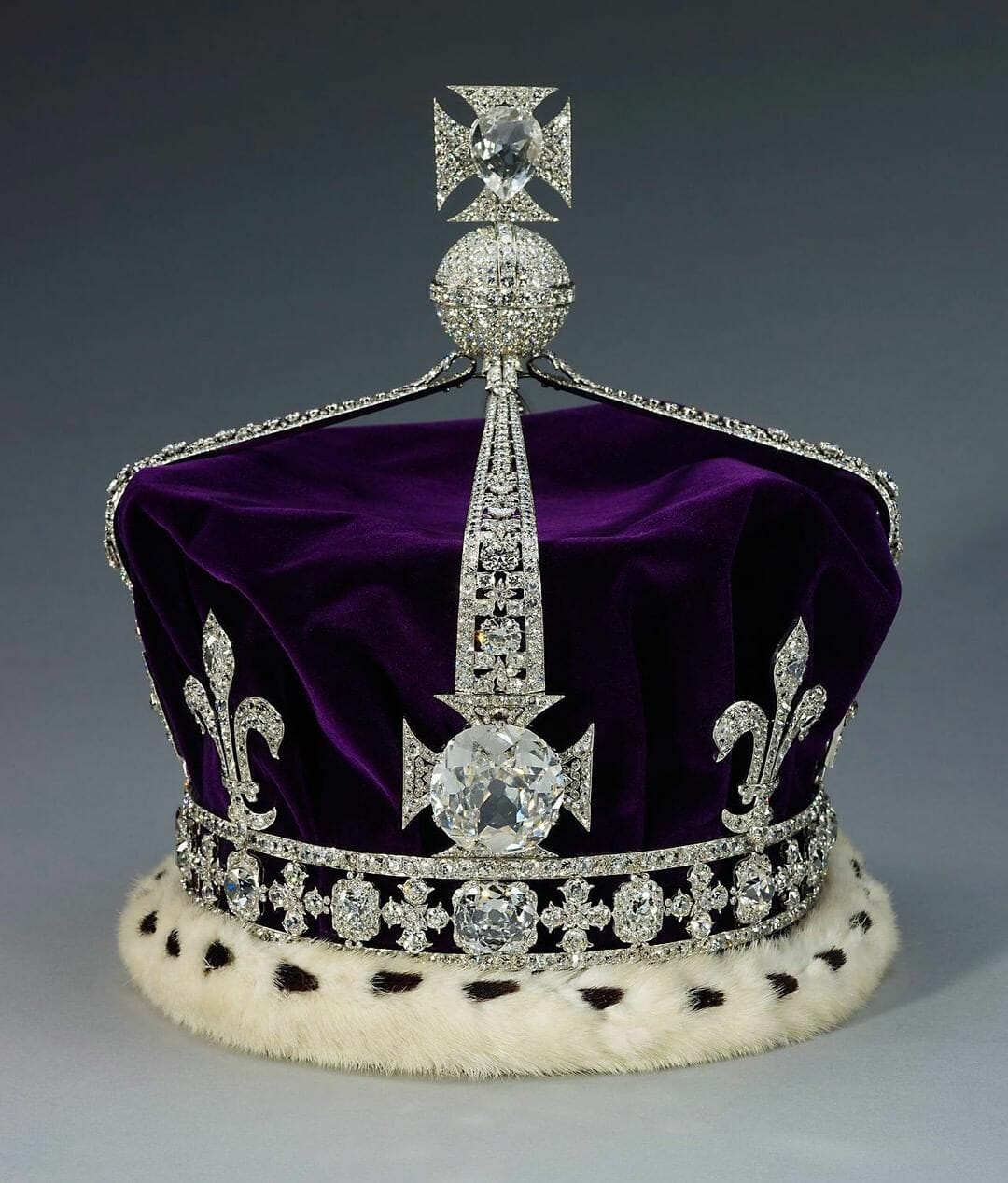
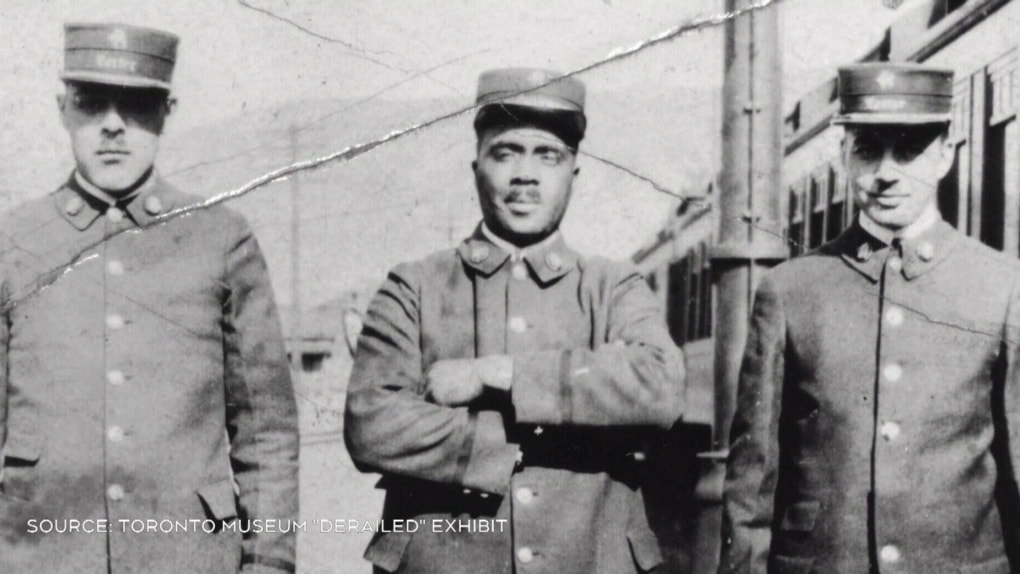

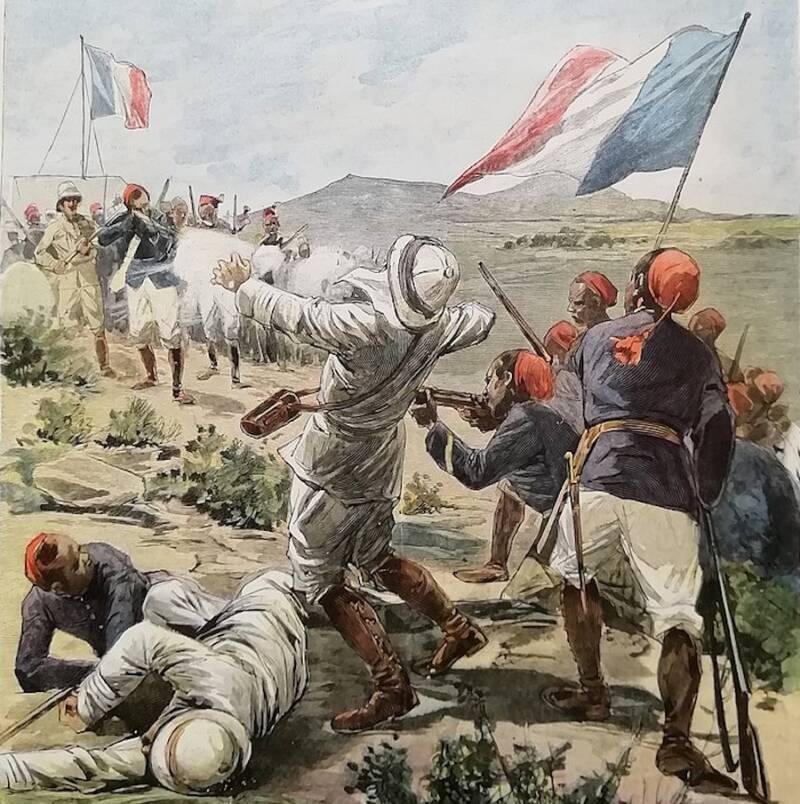
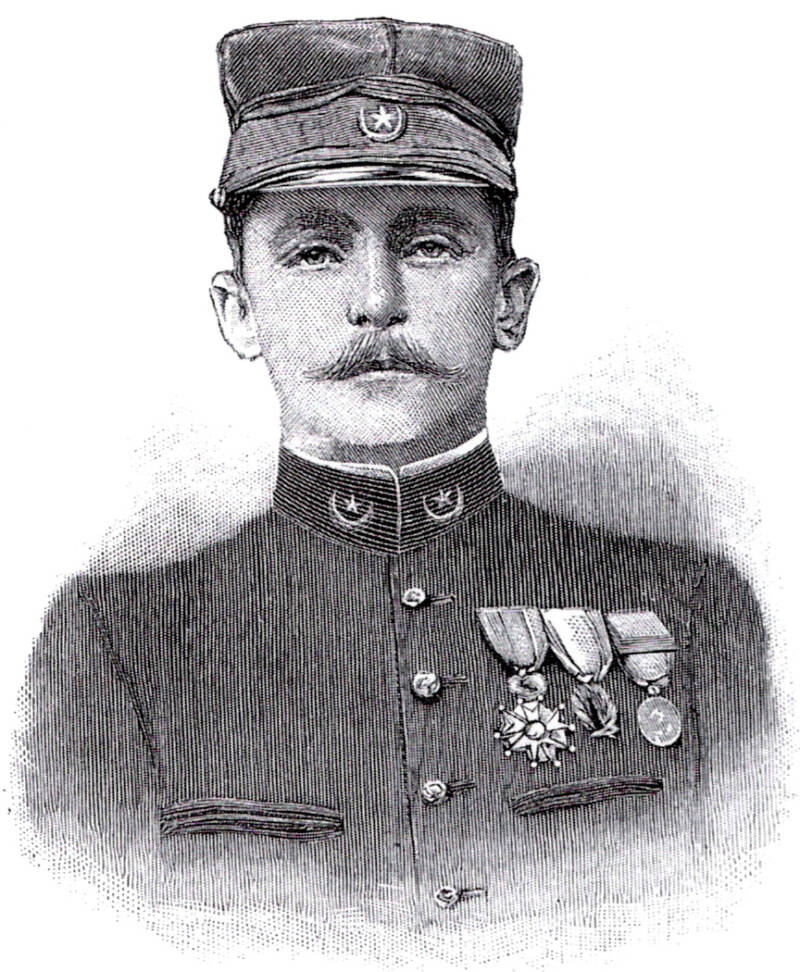
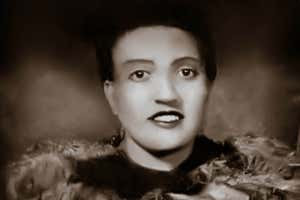

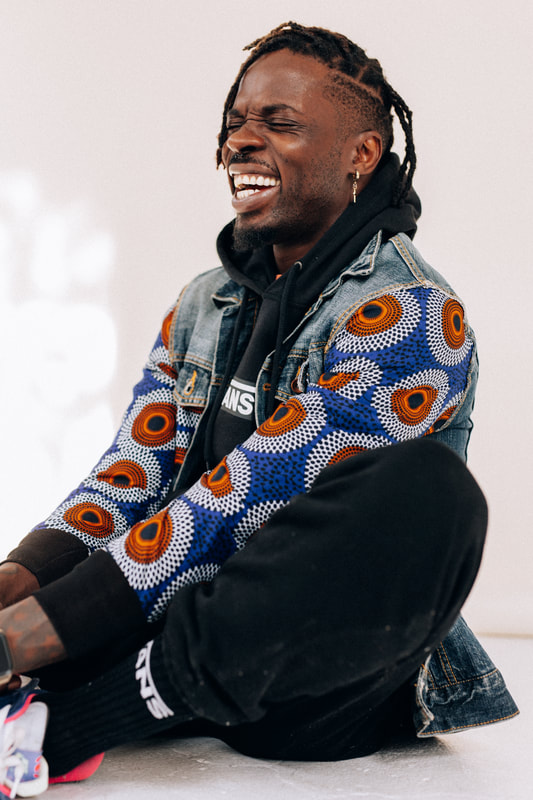
 RSS Feed
RSS Feed